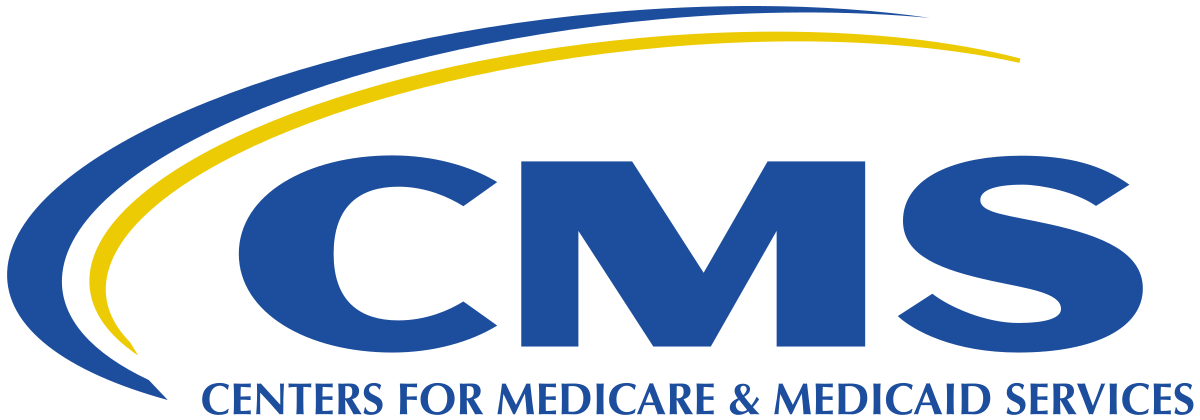
By Brian Murphy
Here’s three things I found interesting in the OPPS proposed rule, that will impact your hospital and the work you do—if passed.
Between the physician fee schedule and the OPPS this was a heavy rulemaking week. Heck, it’s been a heavy rulemaking last couple of months under the new administration.
But today I want to focus on the OPPS rule, and these three proposals:
- Elimination of the inpatient only (IPO) list over a 3-year period, beginning with removing 285 mostly musculoskeletal procedures from the list in 2026. This is a mixed bag—some procedures on the IP list I’m sure can be performed outpatient, and generally I like any proposals that give doctors discretion to practice the medicine they’ve been taught in med school, rather the dictates of regulation. But of course, hospitals are paid less for procedures when done OP rather than IP—and a provider decides a procedure no longer on the IPO list should be done IP, payers will have more ammunition to deny it. Opacity is the ally of payers. The IPO list has been threatened many times in the past so we’ll see if this proposal sticks. One bit of good news: CMS underscored a regulation in which procedures removed from the IPO list beginning January 1, 2021 are exempted from certain medical review activities related to the two-midnight policy. CMS is proposing to continue this existing exemption for CY 2026 and subsequent years as it gathers data on the procedures.
- Added weight to the hospital Safety of Care quality measure. This includes implementing a 4-star cap (out of 5) for hospitals in the lowest quartile of the Safety of Care measure group performance in Calendar Year 2026, and implementing a blanket 1-star reduction for hospitals in the lowest quartile of Safety of Care measure group performance beginning in Calendar Year 2027. This will be a massive change impacting the star ratings (and reimbursement) of hundreds of hospitals nationally.
- Site neutrality (but not what you think): CMS is proposing to apply the Physician Fee Schedule equivalent payment rate for any HCPCS codes assigned to the drug administration APCs when provided at an off-campus provider-based department (PBD). It estimates this provision will reduce OPPS spending by $280 million, with $210 million of the savings accruing to Medicare, and $70 million saved by Medicare beneficiaries in the form of reduced beneficiary coinsurance. I think this is pretty good. I’m on record as being opposed to site neutrality for OP services provided in an acute care hospital. Why? PFS fees do not account for the fact that a hospital must maintain an ED and staff it. But, for services provided in a PBD CMS’ case for site neutrality is much stronger. The AHA is already strongly decrying this and consider it a step toward Armageddon, as well as the proposed 2.4% pay bump.
There’s much more in the rule besides. And I reiterate everything here is proposed; read the releases (see below) but we’ll see what happens in the final rule.
References
- CMS, Calendar Year 2026 Hospital OPPS and ASC Proposed Rule: https://www.cms.gov/newsroom/fact-sheets/calendar-year-2026-hospital-outpatient-prospective-payment-system-opps-and-ambulatory-surgical
- Becker’s: CMS pitches 2.4% outpatient pay bump for hospitals in 2026: 5 things to know: https://www.beckershospitalreview.com/finance/cms-pitches-2-4-outpatient-pay-bump-for-hospitals-in-2026-5-things-to-know/
Related News & Insights
Rethinking Rankings: A Smarter Approach to Hospital Quality with Cheryl Manchenton
Listen to the show here Cheryl Manchenton and I go back a long way—I once took a…
New acute coronary syndromes (ACS) guidelines—what they mean for CDI and coding professionals
By Brian Murphy The American Heart Association/American College of Cardiology in June released updated guidelines on…


